Noodles are a great source of carbohydrates. Filling, healthy, and delicious - Chinese noodles are favored by all walks of life from the elderly to kindergarten kids, and can combine with a plethora of other Chinese dishes to create a classic Chinese meal.
Most Chinese noodles are centered on beef or meat, while the unique sauce is what makes each noodle dish so special and delicious. And you’ll find it so impressive how many varieties of Chinese noodles can be made with those simple ingredients.
Eating Chinese noodles is not just eating. It is a cultural experience in a food paradise made of wheaten food, with gastronomic scenes to delight your eyes and back stories to inspire your mind.
So, these are the top 10 Chinese noodle dishes you should try on your China food tour:
Lanzhou Beef Noodles
History: Over 200 years
The list of toppings: Coriander, garlic shoots, scallions, ginger, grass, aniseed, pepper, Sichuan pepper, chicken essence
Famous restaurants: Grind Ditch Old Brand Beef Noodles, 1915 Beef Noodles, Tashan Banpo Beef Noodles
Lanzhou Beef Noodles is the most famous regional noodle dish in Lanzhou City, Gansu Province, and one of the top 10 Chinese noodles. The traditional method of making Lanzhou beef noodles is as follows: one clear (soup), two white (radish), three red (chili oil), four green (coriander, garlic), and five yellow (yellow noodles).
Meanwhile, Lanzhou beef noodles are classified into very fine, fine, medium fine, two columns shape, leek leaf shape, thin wide, wide, and very wide. While some noodles are as wide as a jade ring, others are as thin as a hair.
A fun fact about Lanzhou Beef Noodles in China, the number of Lanzhou beef noodle restaurants in China alone far exceeds the number of KFC and McDonald's chains worldwide combined.
Beijing Fried Sauce Noodles
History: Over 200 years
The list of toppings: Onion, ginger, garlic clove, dried bean curd, broad bean paste, salt, sugar, light soy sauce, dark soy sauce, cooking wine, water
Famous restaurants: Sea Bowl House, 69 Square Brick Factory, Big Bowl House
Another famous Chinese noodle dish, Beijing noodles with soybean paste is a favorite breakfast or snack of Beijingers. It is made by stir-frying the meat with garlic, ginger, and soybean paste, then seasoning it with soy sauce, cooking wine, sugar, and salt, and simmering over high heat. Then a pot of noodles, usually hand-rolled, is cooked. Finish by pouring on the meat sauce and spring onion oil.
Besides Beijing, noodles with soybean paste are also very popular in other parts of northern China. And there are variations in the preparation of fried sauce noodles in Shaanxi, Tianjin, Shanghai, Guangdong, and Northeast China.
Wuhan Hot Dry Noodles
History: Around 100 years
The list of toppings: Cooking oil, sesame paste, salad oil, sesame oil, red oil, chives, garlic, radish cubes, sour beans, brine juice, light soy sauce, vinegar
Famous restaurants: Master Zhao's Daily Hot Noodles in Red Oil, Luo's Hot Dry Beef Noodle House, Caimingwei Hot-dry Noodles
Wuhan Hot Dry Noodles are known as the “five most famous Chinese noodles“, together with Shanxi Knife-shaved Noodles, Yifu Noodles, Sichuan Dan Dan Noodles, and Henan Braised Noodles.
There is something to be said about eating hot dry noodles. The cook should be authentic; the ingredients should be local; the seasonings should be top quality; and the side dishes should be natural.
Moreover, you can add chili red oil based on your own tastes. Additional ingredients include pickled veggies, dried radish, pickled bean curd, coriander, and more. When the noodles are still hot, toss them together before serving. The sesame sauce will be all over the noodles like ants on a tree.
A bowl of eggnog, a glass of milk, a glass of soy milk, or a bowl of sweet and sour rice wine are the ideal accompaniments for hot dry noodles. Your mouth will feel dry if you eat without drinking, which will prevent you from enjoying the full flavor of hot dry noodles.
Shanxi Sliced Noodles
History: Around 1400 years
The list of toppings: Tomato sauce, meat sauce, mutton, spiced fungus & egg, cucumber shreds, leek flower, mung bean sprouts, boiled beans, minced green garlic, chili powder, old vinegar
Famous restaurants: Xi Jin Dao, Dongfang Sliced Noodles
Shanxi noodles is among the best noodles in China, and the most famous of them is Sliced Noodles. It is said that this type of Chinese noodle was invented by the Emperor's son-in-law Chai Shao in the Tang Dynasty (618-907). As he was always fighting on the battlefield, and didn't have proper kitchen tools, he used a knife to peel the noodles, hence the name.
To make sliced noodles, use the finest flour and add an appropriate amount of salt. Repeatedly knead to make a hard dough, and then knead the dough into long strips. Holding the dough in one hand and a special knife in the other, the noodles are evenly cut into the pot. It is served with minced meat, tomato, and egg marinade, or with greens and eggs for a great flavor!
Guilin Rice Noodles
History: Around 2200 years
The list of toppings: deep-fried pork belly, braised beef slices, sausage, barbecued pork, brine, peanut oil, crispy beans, chili, garlic, scallion, sauerkraut
A type of noodles in China popular among domestic and international travelers, the Guilin Rice Noodles belong to the Gui cuisine. According to the legend, Emperor Qin Shi Huang sent Shi Lu to lead his army to excavate the Lingqu Canal. The generals from the Northwest were born and raised on wheat flour, so the army cooks made rice into noodles. As the name suggests, Guilin Rice Noodle is made from rice flour.
The most authentic Guilin Rice Noodles is characterized by an original brine and a wealth of rich ingredients. Its brine is boiled with a variety of herbs and spices, including grass nuts, fennel, peppercorns, tangerine peel, betel nut, cinnamon, cloves, pepper, allspice, licorice, shaaginger, and star anise.
Sichuan Dandan Noodles
History: Around 180 years
Flavor: Spicy
Famous restaurants: Li Xin Yuan Dandan Noodles, Long Life Noodles, Chengdu Dandan Noodles
Dan Dan Noodle is the most famous Chinese noodle dish in Sichuan, originally sold by hawkers, hence its name. It is now a classic dish in Sichuan cuisine. Dan Dan Noodle originated in Chengdu and is made from flour, red chili oil, sesame sauce, and chopped spring onion.
The thin and sinewy noodles are cooked slightly in a pot to mature. At the bottom of the bowl, put sprouts, chili oil, aromatic vinegar, and spring onions, then drizzle in a spoonful of hot soup and two spoonfuls of pork bacon. Mixed well, it is spicy and flavorful, fully demonstrating the charm of Sichuan cuisine.
Henan Stewed Noodles
History: Around 180 years
Famous restaurants: Heji Stewed Noodles
A traditional cuisine of Henan Province, Stewed Noodles is a combination of meat, vegetable, soup, vegetable, and rice. The dish is made from high-quality high-gluten flour, supplemented with soup and a variety of side dishes. Similar to lasagna, it stands out among other Chinese noodles for its flavor, good soup and gluten, affordability, and nutrition.
The essence of Stewed Noodles lies in the soup. The soup is made from the finest tender mutton and mutton bones, boiled together for more than five hours, with seven or eight Chinese herbs. The resulting soup is like cow's milk, which is why some people call it white soup.
The noodles are cooked in a pot of broth, with thin hand-pulled noodles and shredded seaweed, tofu, vermicelli, coriander, quail eggs, sea cucumber, and squid. It is served with a small plate of coriander, chili oil, sugar, and garlic.
Chongqing Noodles
History: Around 500 years
Flavor: Spicy
Famous restaurants: Lady Chen Chongqing Noodles, Yuzhong Hu's Special Noodle
Chongqing Noodles is a kind of Chinese soup noodles with a spicy flavor and is a common breakfast in the region. When it comes to Chongqing food, hot pot, and hot and sour noodles are surely the first things that come to mind, but Chongqing Noodles are also one of the most popular foods in Chongqing.
In a narrower sense, Chongqing Noodles refer to spicy noodles seasoned with onion, garlic, sauce, vinegar, and chili. But for Chongqing locals, even noodles with luxurious toppings such as beef and pork ribs are called Chongqing Noodles, such as beef noodles, fat intestines noodles, pea and pork noodles with mixed sauce, and so on. But if you go to a Chongqing Noodles restaurant and don't say anything else it is by default red chilli oil noodles.
Liangpi (Cold Noodles)
History: Around 2000 years
The list of toppings: Chili, cucumber, vinegar, bean sprouts, garlic, soy sauce
Famous restaurants: Hanzhong Old Wangjia Hot & Cold Skin Noodles Shop, Feng Jia Liang Pi
Liangpi, Cold Skin Noodles, is a typical Shaanxi dish with a lengthy history and is said to be invented during the reign of Qin Shi Huang. Liangpi has four main characteristics: “sinewy”, “thin”, “fine”, and “strong”. “Sinewy” means strong and chewy; “Thin” means thinly steamed; “Fine” means finely cut; And “Rang” means soft. Cold noodles come in a variety of flavors such as spicy, sweet and sour, and tangy.
A popular way to eat Liangpi in Xi'an is to serve it with a bowl of black rice and a meat sandwich. Some people also serve it with a pot of yellow wine (which is a mild health drink made from rice).
Cantonese Wonton Noodle Soup
History: Around 2000 years
Famous restaurants: Shrimp Roe Wanton Noodle, BaoHua Mian, Mak's Noodle
A part of the long-standing Cantonese cuisine, and one of the most popular Chinese noodles, wonton noodles were brought to Guangdong during the Tang Dynasty. Wonton Noodle Soup is made from boiled wontons and egg noodles in a hot broth. There is also wonton noodle lo mein in Guangdong.
The earliest wonton was made of whole pork. When making minced meat, there should be three parts fat and seven parts lean. Cut it first, then chop it. Nowadays, most of the wonton noodle soups we usually eat are made of fresh shrimp wontons - a mix of fresh shrimp and pork. Cantonese wonton noodles are often served with fresh shrimp wontons, bean sprouts, coriander, and other ingredients.

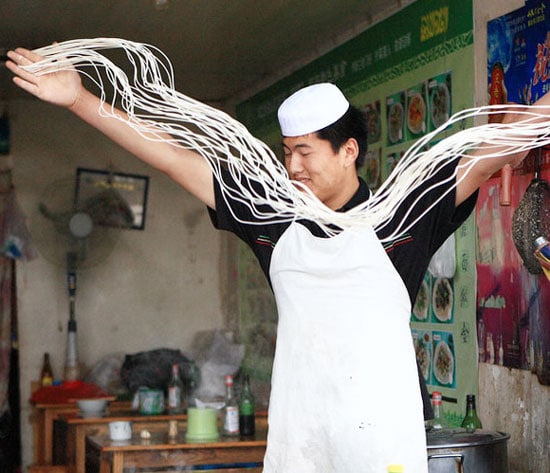
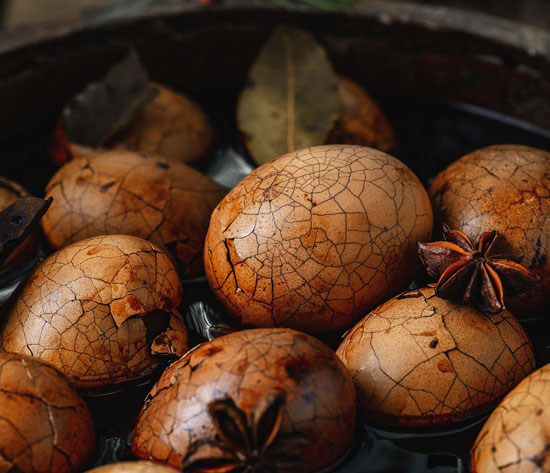
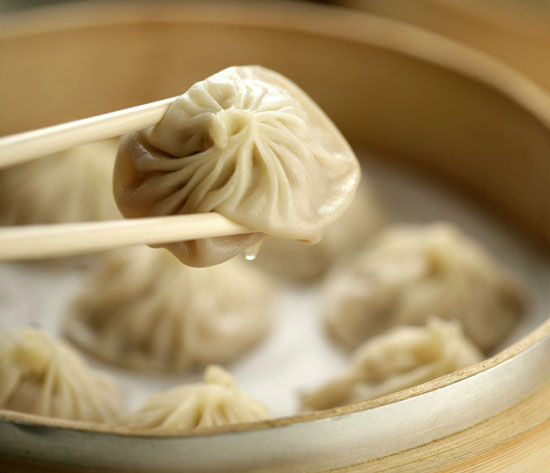
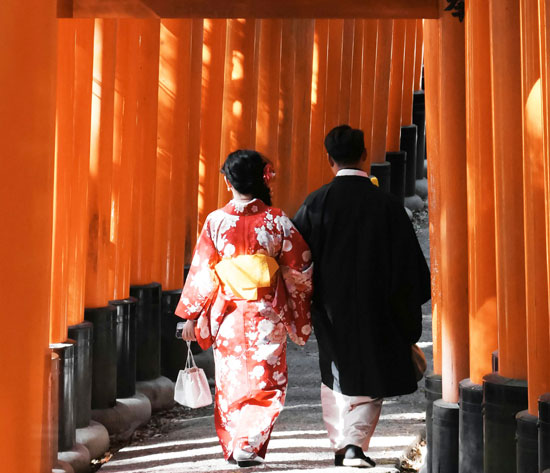
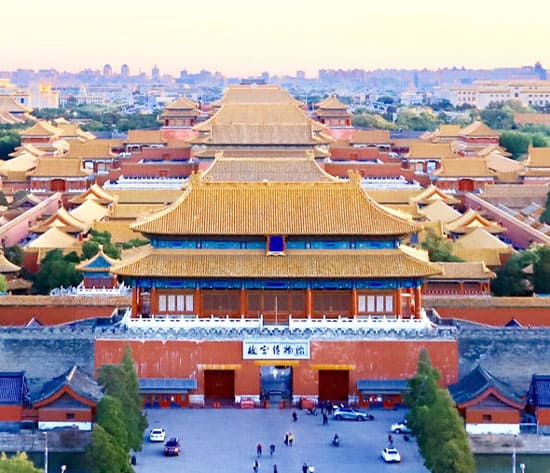
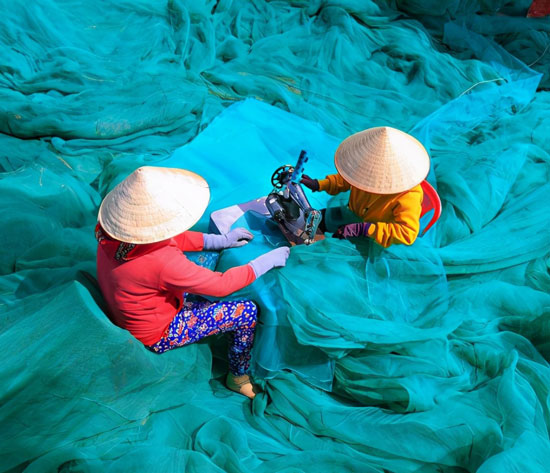

Have a Question?
You might see your comment appear on this page, but your email address and full name will not be published. Your personal information will remain confidential. Our Asia travel experts will get back to you as soon as possible. Required fields are marked *